AMD’s Ryzen 9000 processors, leveraging the Zen 5 core, are set to launch in the third quarter of 2024. According to rumors, these chips will be substantially faster than their predecessors, offering a 30-40% generational uplift in performance. The latest report predicts a 37% improvement in multi-threaded performance (Cinebench 2024), leapfrogging past the 14th Gen Core i7 and i9 CPUs. A new leak from Chiphell shares the alleged performance numbers of the Ryzen 9000 mobile processors.
Update: It looks like this is a prediction, and not a rumor/leak. Kindly take it as such.

The leaked CPUs include:
- 55-125W->
- Strix Halo (chiplet-based H): Zen 5 on TSMC N4P & N4X: FP11.
- GPU: 40x RDNA 3.5 CUs @ 2.8GHz.
- NPU: 48T
- Strix Halo (chiplet-based H): Zen 5 on TSMC N4P & N4X: FP11.
- 35-54W->
- Strix Point (hybrid, monolithic H): Zen 5 + Zen 5c on TSMC N4P: FP8.
- GPU: 16x RDNA 3.5 CUs @ 3GHz.
- NPU: 48T.
- Kraken Point (hybrid, monolithic H): Zen 5 + Zen 5c on TSMC N4P: FP8.
- GPU: 8x RDNA 3.5 CUs @ 2.8GHz.
- NPU: 24T.
- Strix Point (hybrid, monolithic H): Zen 5 + Zen 5c on TSMC N4P: FP8.
- 9-15W->
- Sonoma Valley (monolithic U): Zen 5c on Samsung SF4P: FP6.
- GPU: 2x RDNA 3.5 @ 2.4GHz.
- NPU: N/A.
- Sonoma Valley (monolithic U): Zen 5c on Samsung SF4P: FP6.

The Ryzen 9 9950S and the 9850S are the Strix Point SKUs, featuring 16 and 12 Zen 5 cores, respectively. They consist of 1MB L2 cache per core and up to 64MB of L3 cache. The cores top out at 5.8GHz. The accompanying RDNA 3.5 GPU consists of 40 CUs (32 CU for the 9850S) clocked at 2.8GHz and a 48 TOPS NPU. Like most HX series processors, their TDP range will vary from 55-125W.
The Ryzen 9855HS is the sole Strix Point SKU, featuring 4 Zen 5 and 8 Zen 5c cores with 24MB of L3 cache. The Zen 5 cores have a peak boost of 5.4GHz. It is paired with a 16 CU RDNA 3.5 GPU clocked at 3GHz and a 48 TOPs NPU. Strix Point has a TDP range of 35-54W.

While Strix Point and Strix Halo are designed for the higher-end market, Kraken Point and Sonoma Valley are meant for the budget and entry-level segments:
The Ryzen 7 9750HS and Ryzen 5 9650HS are the Kraken Point processors. They feature up to 4 Zen 5 and 4 Zen 5c cores clocked at a peak frequency of 5.2GHz. They are coupled with an 8 or 6 CU RDNA 3.5 iGPU clocked at up to 2.8GHz. They leverage 24 and 20 TOP NPU units with the same TDP range as Strix.
The Ryzen 3 9350U is the sole Sonoma Valley SKU on the table. It comprises 4 Zen 5c cores with 8MB of L3 cache and a 3.8GHz peak boost clock. The GPU consists of 2 RDNA 3.5 CUs clocked at 2.4 GHz. The SoC has a TDP of 35W and lacks a dedicated NPU unit. Sonoma Valley will likely power Chromebooks and other low-end notebooks. Unlike its higher-end variants, it will be fabbed on Samsung’s 4nm LP node.
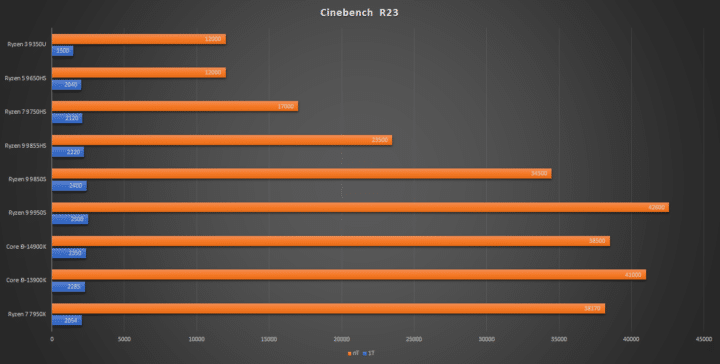
Desktop variants of these Ryzen 9000 processors are planned with Strix Point and Kraken Point also headed to AM5 as the Ryzen 9000G family. They’ll have the same specs and configuration as their mobility counterparts with TDPs of 65W to 125W (35W for Sonoma Valley BGA).
The Cinebench R23 performance numbers indicate a 5-6% single-threaded and 10% multi-threaded performance lead for Strix Halo, over Intel’s 14th Gen desktop processors. If true, these will be remarkable chips with incredible power efficiency and graphics performance.
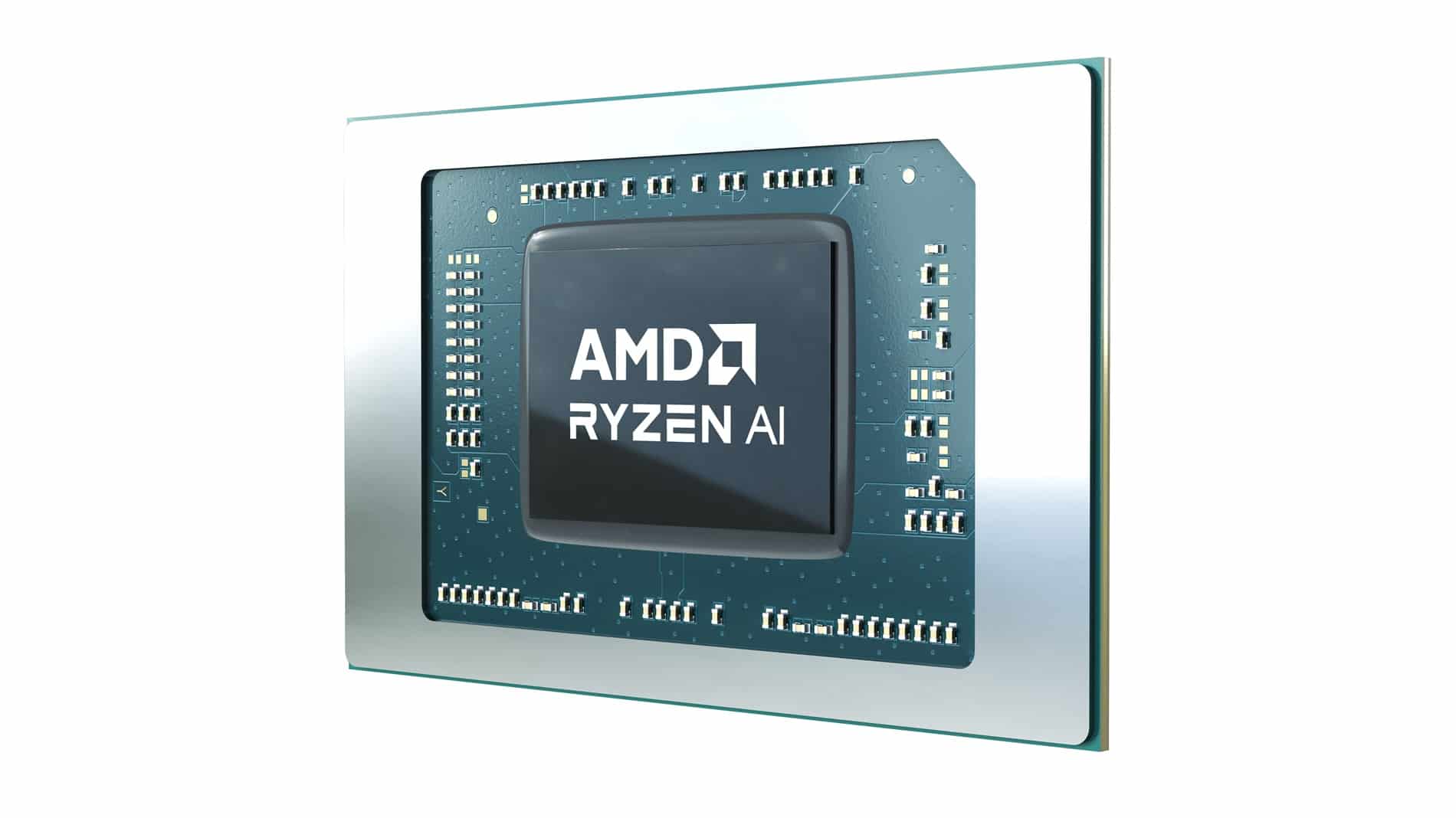
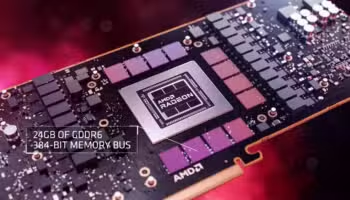 AMD Radeon RX 8900 XTX Specs: 13000+ Cores for the Cancelled RDNA 4 Flagship
AMD Radeon RX 8900 XTX Specs: 13000+ Cores for the Cancelled RDNA 4 Flagship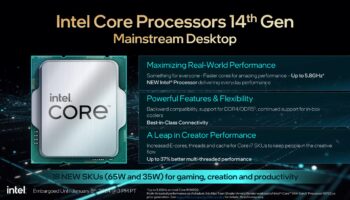 13th Gen i9-13900K is ~30% Slower at Intel Spec than Board Partner “Optimized” Power Limits
13th Gen i9-13900K is ~30% Slower at Intel Spec than Board Partner “Optimized” Power Limits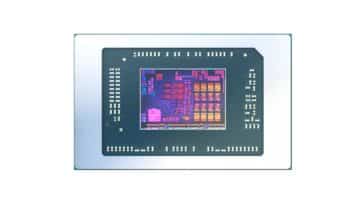 AMD Ryzen 9000 “Strix Point” CPU: Nearly As Fast as Intel’s Core Ultra “Meteor Lake” at 1.4 GHz
AMD Ryzen 9000 “Strix Point” CPU: Nearly As Fast as Intel’s Core Ultra “Meteor Lake” at 1.4 GHz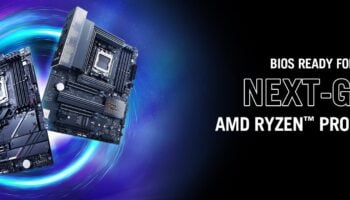 ASUS X670/B650/A620 Motherboards are Ready for AMD’s Ryzen 9000 “Zen 5” CPUs
ASUS X670/B650/A620 Motherboards are Ready for AMD’s Ryzen 9000 “Zen 5” CPUs